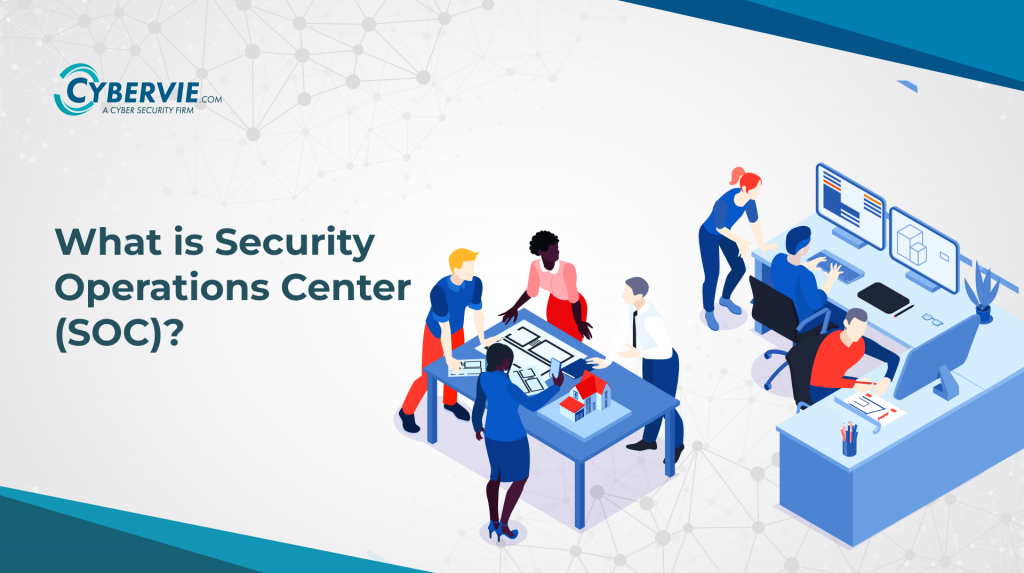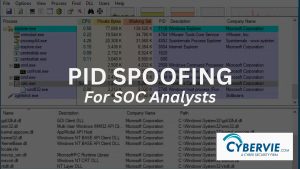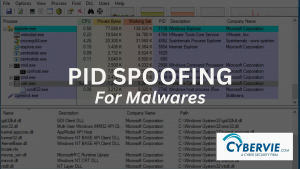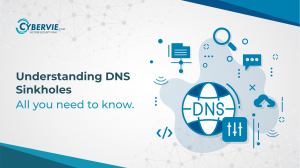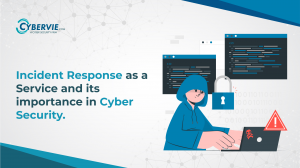Introduction
A security operations centre (SOC) is a facility that houses an information security team responsible for monitoring and analyzing an organization’s security posture on an ongoing basis. The SOC team’s goal is to detect, analyze, and respond to cybersecurity incidents using a combination of technology solutions and a strong set of processes. Security operations centers are typically staffed with security analysts and engineers as well as managers who oversee security operations. SOC staff work close with organizational incident response teams to ensure security issues are addressed quickly upon discovery.
What does SOC do?
In response to a threat or actual incident, the SOC moves to limit the damage. Actions can include:
- Root cause investigation, to determine the technical vulnerabilities that gave hackers access to the system, as well as other factors (such as bad password hygiene or poor enforcement of policies) that contributed to the incident
- Shutting down compromised endpoints or disconnecting them from the network
- Isolating compromised areas of the network or rerouting network traffic
- Pausing or stopping compromised applications or processes
- Deleting damaged or infected files
- Running antivirus or anti-malware software
- Decommissioning passwords for internal and external users.
Many XDR solutions enable SOCs to automate and accelerate these and other incident responses.
How does a SOC work?
The first step in establishing an organization’s SOC is to clearly define a strategy that incorporates business-specific goals from various departments as well as input and support from executives. Once the strategy has been developed, the infrastructure required to support that strategy must be implemented. According to Bit4Id Chief Information Security Officer Pierluigi Paganini, typical SOC infrastructure includes firewalls, IPS/IDS, breach detection solutions, probes, and a security information and event management (SIEM) system.
Technology should be in place to collect data via data flows, telemetry, packet capture, syslog, and other methods so that data activity can be correlated and analyzed by SOC staff. The security operations center also monitors networks and endpoints for vulnerabilities in order to protect sensitive data and comply with industry or government regulations.
Challenges faced by SOC
SOC teams must constantly stay one-step ahead of attackers. In recent years, this has become more and more difficult. The following are the top three challenges that every SOC team faces:
- Shortage of cybersecurity skills: Based on a survey by Dimensional Research, 53% of SOCs are having difficulties hiring skilled personnel. This means that many SOC teams are understaffed and lack the advanced skills necessary to identify and respond to threats in a timely and effective manner. The (ISC)² Workforce Study estimated that the cybersecurity workforce needs to grow by 145% to close skills gap and better defend organizations worldwide.
- Too many alerts: As organizations add new tools for threat detection, the volume of security alerts grows continually. With security teams today already inundated with work, the overwhelming number of threat alerts can cause threat fatigue. In addition, many of these alerts do not provide sufficient intelligence, context to investigate, or are false positives. False positives not only drain time and resources, but can also distract teams from real incidents.
- Operational Overhead: Many organizations use an assortment of disconnected security tools. This means that security personnel must translate security alerts and policies between environments, leading to costly, complex, and inefficient security operations.
Key members of the SOC team
In general, the chief roles on an SOC team include:
• The SOC manager, who runs the team, oversees all security operations, and reports to the organization’s CISO (chief information security officer).
• Security engineers, who build out and manage the organization’s security architecture. Much of this work involves evaluating, testing, recommending, implementing and maintaining security tools and technologies. Security engineers also work with development or DevOps/DevSecOps teams to make sure the organization’s security architecture is included application development cycles.
• Security analysts, also called security investigators or incident responders – who are essentially the first responders to cybersecurity threats or incidents. Analysts detect, investigate, and triage (prioritize) threats; then they identify the impacted hosts, endpoints and users, and take the appropriate actions to mitigate and contain the impact or the threat or incident. (In some organizations, investigators and incident responders are separate roles classified as Tier 1 and Tier 2 analysts, respectively.)
• Threat hunters (also called expert security analysts) specialize in detecting and containing advanced threats – new threats or threat variants that manage to slip past automated defenses.
Conclusion
Security Operations Center changed the security team to a unified workforce contributing services to benefit the entire organization. Many organizations are benefitted while the adaptation of the SOC is critical in securing organizational functions and services to provide effective services to its customers.
It secures the business function and improves the organization’s growth. It increases the business reputation and customer satisfaction to help the organization reach a higher level. The challenges in the skill force are balanced by the latest security tools to provide incident threat detection and response.


